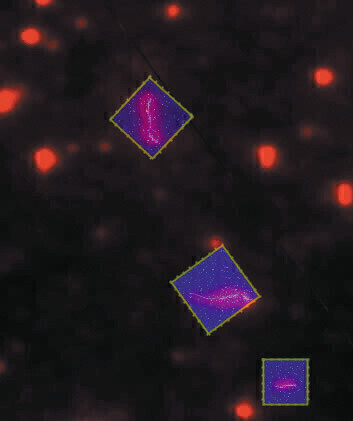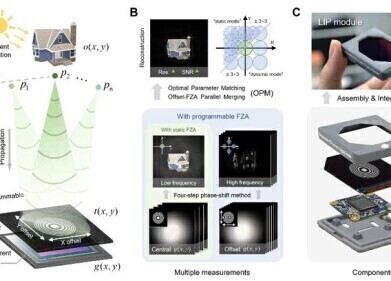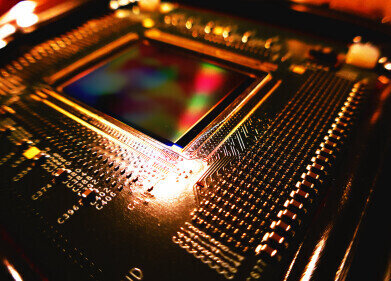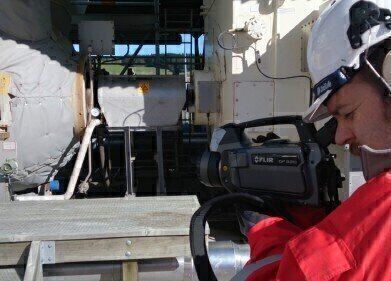Optical imaging
DirectOverlay Display and Analysis Software
Aug 03 2011
JPK Instruments provides a unique software package to make the display of light microscopy images together with atomic force microscopyimages a seamless exercise. This package is called DirectOverlay™.
Atomic force microscopy (AFM) is a powerful tool to investigate a huge variety of different samples with nanometre scale resolution under physiological conditions. As well as providing topographic measurements, information about interaction forces and mechanical properties like adhesion and elasticity can also be obtained.
Perfect integration of AFM with an optical setup can increase the range of applications and opens up many possibilities for correlating structural information with optical information such as functionalised labelling of certain components.
To achieve the perfect combination of optics and AFM at the molecular scale, distortions must be prevented. This will result in two images, such as optical and AFM images, that do not perfectly overlay. Reasons for distortions include aberrations arising from the lenses and mirrors of the optics system. This nonlinear stretching, rotating and offsetting of optical images are present in nearly all types of optical setups.
To generate a seamless overlay of both techniques, JPK developed a cutting-edge calibration method, called DirectOverlay, which uses the accuracy of the AFM closed-loop scanning system to enable a true display of absolute angles and length coordinates.
The calibration procedure is done automatically and uses the known positions and offsets of the cantilever to calibrate the optical image into the AFM coordinates. To generate a perfect match of the optical and AFM image, 25 or more points are used in the calibration algorithm. At each point, an optical image is acquired and the position of the cantilever tip is automatically detected in each optical image without needing input on cantilever angle, shape or magnification.
The algorithm then performs a nonlinear conversion and, as a result, the optical image is corrected for any lens imperfections and converted into the linearized AFM length coordinates. This provides a perfect integration of optical and AFM data with sub-diffraction limit precision.
Finally, the calibrated optical image is transferred into the JPK SPM software, so that AFM scan regions can be selected within the optical image. Direct ‘in optical image’ selection of AFM measurements (imaging, mapping and force spectroscopy) leads to more efficient experiments and reduces dramatically overview image scanning in AFM.
Digital Edition
Lab Asia Dec 2025
December 2025
Chromatography Articles- Cutting-edge sample preparation tools help laboratories to stay ahead of the curveMass Spectrometry & Spectroscopy Articles- Unlocking the complexity of metabolomics: Pushi...
View all digital editions
Events
Jan 21 2026 Tokyo, Japan
Jan 28 2026 Tokyo, Japan
Jan 29 2026 New Delhi, India
Feb 07 2026 Boston, MA, USA
Asia Pharma Expo/Asia Lab Expo
Feb 12 2026 Dhaka, Bangladesh




.jpg)















